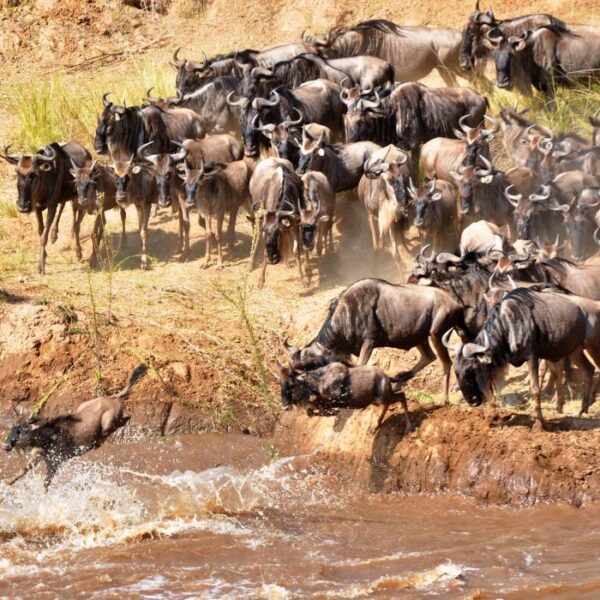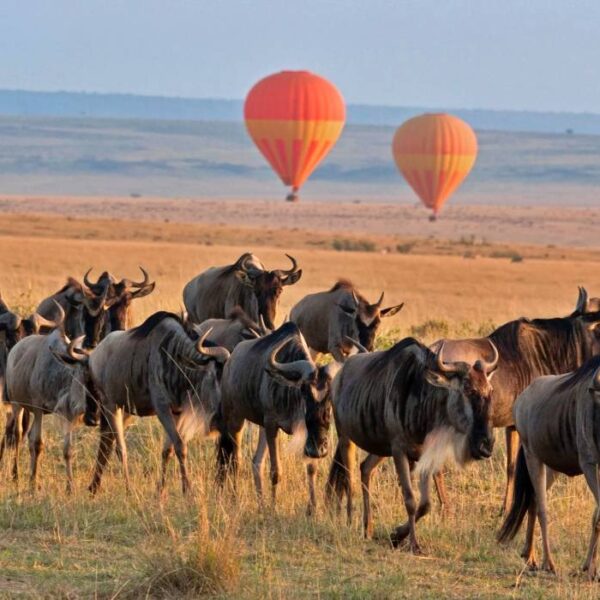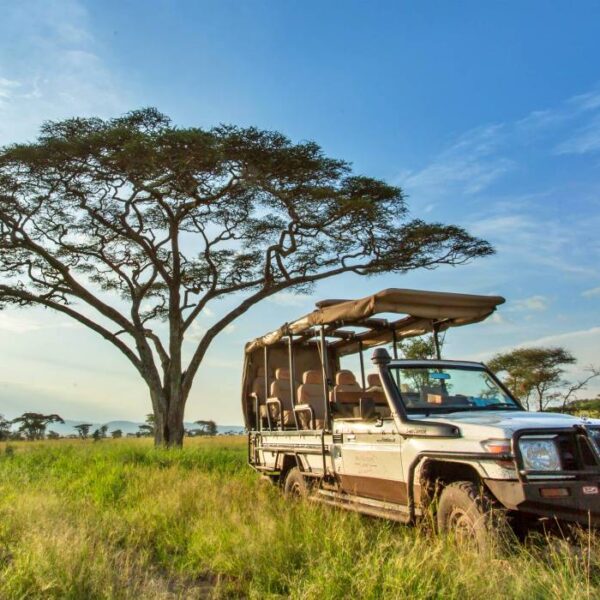Kenya is an iconic safari destination, renowned for its stunning landscapes, rich biodiversity, and thrilling wildlife encounters. From the dramatic Great Migration in the Masai Mara to the snow-capped peaks of Mount Kenya, this East African gem offers a year-round experience, but choosing the best time to visit can make all the difference. Here’s a seasonal guide to help you plan your Kenyan safari adventure, highlighting what you can expect throughout the year.
January to March: The Dry Season and Best Wildlife Viewing
Weather: Hot and dry, with temperatures between 20°C and 30°C (68°F to 86°F).
Why Visit: Ideal for game viewing, birdwatching, and scenic landscapes.
January to March marks one of the best times to visit Kenya for a safari. The country experiences a dry spell, with minimal rainfall and clear skies. The lack of water forces animals to congregate around rivers, lakes, and waterholes, making wildlife easier to spot. This is prime game-viewing season in parks such as Masai Mara, Amboseli, and Samburu, where large herds of elephants, prides of lions, and grazing antelope dominate the plains.
The clear skies also make this a great time for photographers to capture Kenya’s natural beauty. Whether it’s Mount Kilimanjaro’s magnificent backdrop in Amboseli or the golden sunsets over the Mara plains, the dry season offers stunning landscapes and optimal conditions for snapping perfect wildlife shots.
Highlights:
- Incredible wildlife viewing with animals gathering around water sources.
- Clear skies and excellent light for photography.
- Perfect conditions for visiting Amboseli and Tsavo to see elephants and Mount Kilimanjaro.
April to May: The Long Rains and Low Season
Weather: Heavy rains, with temperatures between 18°C and 26°C (64°F to 79°F).
Why Visit: Fewer crowds, lush landscapes, and lower prices.
April and May bring the long rains to Kenya, and while this may not seem like the ideal time for a safari, it offers a quieter and more intimate experience. The rain transforms the dry plains into a lush, green paradise, and the parks come to life with new growth. Wildlife may be a little harder to spot as the animals spread out, but you can still enjoy incredible game drives without the usual crowds.
For bird enthusiasts, this is the best time to visit, as migratory species arrive in large numbers, filling the skies with color and song. The Rift Valley lakes—such as Lake Nakuru—are especially vibrant with flamingos and other water birds. One major perk of visiting during this season is the lower cost of accommodations and safari tours. Many lodges and camps offer significant discounts, allowing you to experience Kenya’s top wildlife destinations at a fraction of the cost.
Highlights:
- Spectacular birdwatching, especially around Lake Nakuru and Lake Naivasha.
- Fewer tourists, offering a peaceful and uncrowded safari experience.
- Lower prices on accommodation and tours.
June to October: The Great Migration and Peak Safari Season
Weather: Dry and cool, with temperatures between 15°C and 28°C (59°F to 82°F).
Why Visit: Witness the Great Migration and enjoy prime wildlife viewing.
The period from June to October is Kenya’s peak safari season, especially in the Masai Mara. This is the time of the Great Migration, one of the world’s most awe-inspiring wildlife spectacles, where over 1.5 million wildebeest, zebras, and gazelles make their way from Tanzania’s Serengeti into Kenya’s Masai Mara. The iconic river crossings—where wildebeest face the crocodile-infested waters of the Mara River occur during these months, providing unmatched drama and excitement.
The dry weather means animals cluster around rivers and waterholes, making them easier to find. With clear skies and cool temperatures, game drives are more comfortable, and the risk of rain disrupting your safari is minimal. Due to the popularity of this season, it’s essential to book accommodations and tours well in advance. However, the reward is experiencing Kenya at its most vibrant, with abundant wildlife and a front-row seat to the natural wonders of the Mara.
Highlights:
- The Great Migration in Masai Mara, with dramatic river crossings in July and August.
- Clear, dry weather perfect for game drives and photography.
- Excellent wildlife viewing across all of Kenya’s national parks.
November to December: The Short Rains and Calving Season
Weather: Short rains with temperatures between 18°C and 28°C (64°F to 82°F).
Why Visit: Calving season, vibrant birdlife, and refreshed landscapes.
November and December bring the short rains to Kenya, but unlike the long rains of April and May, these are often brief showers followed by sunshine. The rain rejuvenates the landscapes, turning the dry plains into a lush green wonderland. This is also the calving season, especially in the Masai Mara and Amboseli, where you can witness the birth of thousands of wildebeest, zebra, and antelope.
Newborn animals bring predators like lions and hyenas on the hunt, creating intense predator-prey interactions. The short rains are also great for birdwatching, as migratory species return, and the birdlife is at its most vibrant. With fewer tourists than during the peak season, November and December offer an opportunity for a more relaxed safari experience.
Highlights:
- Calving season in Masai Mara and Amboseli, with newborn wildlife and predator action.
- Refreshed landscapes, offering a green backdrop for photography.
- Great birdwatching, with migratory birds arriving in large numbers.
Choosing the Best Time Based on Your Interests
- For the Great Migration: July to October is ideal, especially for witnessing the Mara River crossings.
- For Birdwatching: November to May, with the arrival of migratory birds and breeding seasons in full swing.
- For Calving Season: November to December, when many animals give birth, attracting predators.
- For General Wildlife Viewing: January to March offers clear skies, while June to October is prime safari season with abundant wildlife.
Final Thoughts
Kenya’s diverse climate and rich ecosystems make it a year-round safari destination. However, choosing the right time to visit can elevate your experience, whether you’re witnessing the dramatic Great Migration or enjoying peaceful game drives during the quieter rainy season. Each season offers unique highlights, so whether you’re a wildlife enthusiast, birdwatcher, or photographer, Kenya has something extraordinary waiting for you, no matter when you visit.
Start planning your safari adventure today, and prepare for the trip of a lifetime in one of Africa’s most captivating safari destinations!



